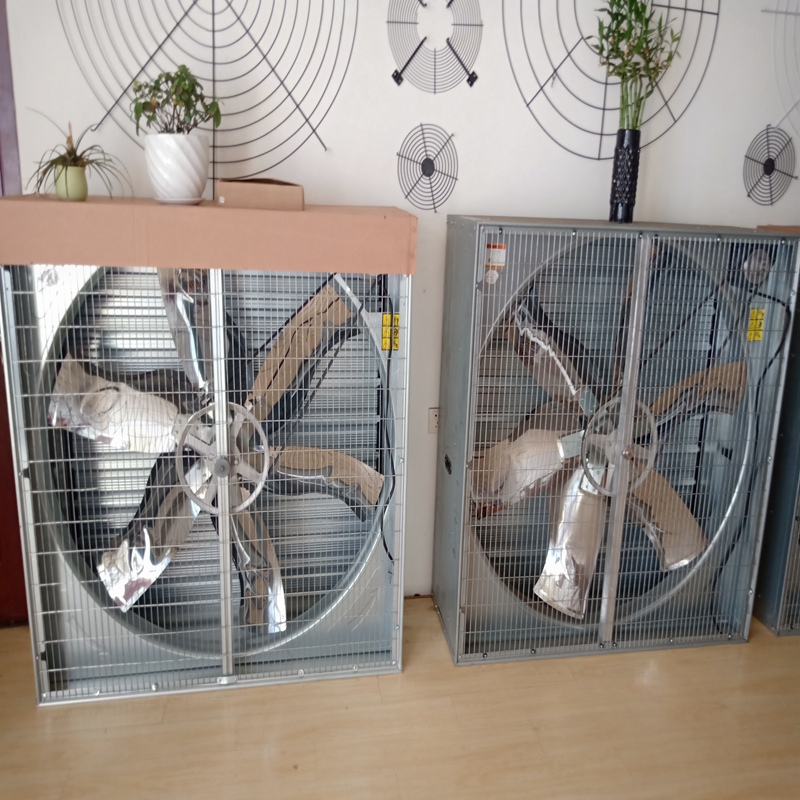Innovative Solutions in Livestock Processing Technology and Equipment Advances
Sep . 29, 2024 06:46 Back to list
Innovative Solutions in Livestock Processing Technology and Equipment Advances
Understanding Slaughter Equipment Ensuring Efficiency and Safety in Meat Processing
The meat processing industry plays a crucial role in supplying food to the global population. At the heart of this industry lies specialized slaughter equipment, designed to ensure that the processing of animals into meat is carried out efficiently, humanely, and safely. The importance of slaughter equipment cannot be overstated, as it directly impacts the quality of meat, the welfare of animals, and the health standards of the final products.
Slaughter equipment encompasses a wide range of machinery and tools used in the various stages of meat processing. This includes everything from stunning equipment, which ensures that animals are rendered unconscious prior to slaughter, to automated systems for skinning, eviscerating, and portioning meat. Innovations in technology have led to the development of more sophisticated equipment that not only improves efficiency but also ensures compliance with strict animal welfare regulations.
One of the most critical pieces of slaughter equipment is the stunning device
. Proper stunning ensures that animals do not experience unnecessary suffering, aligning the process with ethical considerations and regulations. Various types of stunning methods exist, including electrical, mechanical, and gas stunning, each designed to quickly and effectively render the animal unconscious while minimizing stress.After stunning, the slaughtering process begins, where specialized equipment such as knives, saws, and cutting machines come into play. The design and functionality of these tools are crucial; they must be sharp, durable, and easy to sanitize to prevent contamination. Advanced automation systems are increasingly being implemented to handle these tasks, significantly reducing the risk of human error and improving overall productivity.
slaughter equipment

Once the animal has been processed, evisceration is the next step, which involves the careful removal of internal organs. Here, equipment tailored for gut processing is essential to maintain hygiene and prevent cross-contamination. Enhanced equipment with built-in cleaning systems is becoming prevalent in modern slaughterhouses to ensure compliance with health standards.
Additionally, the chilling and storage of carcasses are vital processes in preserving meat quality post-slaughter. Temperature control equipment, including chilling rooms and blast freezers, must operate efficiently to minimize bacterial growth and spoilage. Investing in top-of-the-line chilling technology ensures that meat remains safe for consumption while optimizing shelf life.
Furthermore, the integration of technology in slaughter equipment has led to the development of smart systems capable of monitoring and analyzing various parameters. These advancements provide real-time data on everything from meat quality to equipment performance. The use of sensors and AI can significantly enhance operational efficiency, enabling slaughterhouses to adapt quickly to changing conditions or requirements.
However, despite the benefits brought about by advancements in slaughter equipment, it is critical that these tools are operated by trained personnel who understand the intricacies of the meat processing industry. Proper training ensures not only the safety of workers but also the humane treatment of animals throughout the process.
In summary, the slaughter equipment used in the meat processing industry plays an essential role in ensuring that the entire process is efficient, humane, and safe. With ongoing advancements in technology, these tools continue to evolve, promising better welfare for animals and higher quality products for consumers. As the industry progresses, it is vital to remain committed to ethical practices while embracing innovation, ultimately leading to a more responsible and sustainable meat processing sector.
-
Hot Sale 24 & 18 Door Rabbit Cages - Premium Breeding Solutions
NewsJul.25,2025
-
Automatic Feeding Line System Pan Feeder Nipple Drinker - Anping County Yize Metal Products Co., Ltd.
NewsJul.21,2025
-
Automatic Feeding Line System Pan Feeder Nipple Drinker - Anping County Yize Metal Products Co., Ltd.
NewsJul.21,2025
-
Automatic Feeding Line System - Anping Yize | Precision & Nipple
NewsJul.21,2025
-
Automatic Feeding Line System - Anping Yize | Precision & Nipple
NewsJul.21,2025
-
Automatic Feeding Line System-Anping County Yize Metal Products Co., Ltd.|Efficient Feed Distribution&Customized Animal Farming Solutions
NewsJul.21,2025






